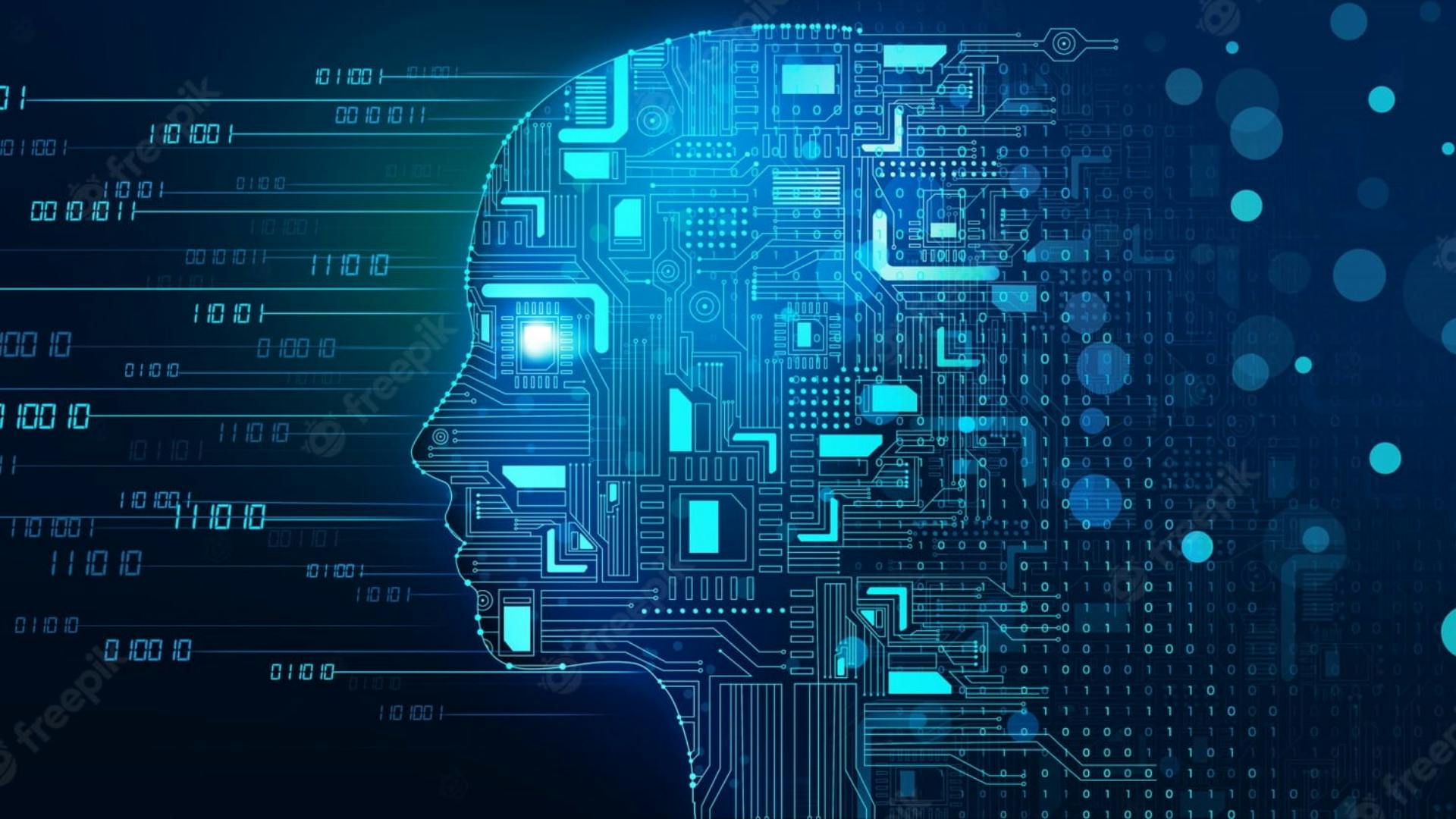
Share
AI-assisted data analytics has experienced significant growth and evolution in recent years. The integration of AI into data analytics can help in extracting insights from large datasets, predicting future trends, and automating processes. Here's a snapshot of its present and potential future:
Present:
1. Automated Machine Learning (AutoML): Tools like Google's Cloud AutoML and Microsoft's Azure Machine Learning allow people to build models without needing a deep understanding of programming or machine learning algorithms.
2. Predictive Analytics: AI algorithms process historical and real-time data to make predictions about future events. Industries like finance, healthcare, and retail use this for stock market forecasting, disease outbreaks, and inventory management.
3. Natural Language Processing (NLP): Tools like Tableau or PowerBI have integrated NLP, enabling users to type or say queries in plain language and receive insights in the form of visualizations or explanations.
4. Data Preprocessing and Cleansing: AI can assist in identifying anomalies, missing values, and errors in datasets, thereby speeding up the data preprocessing step.
5. Anomaly Detection: AI can help businesses identify unexpected spikes, drops, or patterns in data which could indicate fraud, system malfunctions, or other critical business events.
6. Visual Recognition: Image analysis tools are now capable of recognizing patterns, anomalies, and insights from visual data.
7. Recommendation Systems: E-commerce and streaming platforms use AI-driven analytics to recommend products or content to users based on their past behaviors.
Future:
1. Integration with Augmented Reality (AR) and Virtual Reality (VR): Imagine analyzing data using an immersive experience where data visualizations are presented in 3D space around you.
2. Real-time Decision Making: AI models in the future could analyze data in real-time, making instant decisions for areas like stock trading, autonomous vehicles, or emergency response systems.
3. Explainable AI: As AI models become more complex, the need for interpretability grows. Future tools might offer clearer insights into how AI models make decisions, which is crucial for industries like healthcare and finance.
4. Adaptive Learning Systems: These would enable models to constantly learn and adapt to new data, making them more accurate over time without manual interventions.
5. More Robust Privacy Measures: With increasing concerns over data privacy, future AI analytics tools may have built-in features to ensure data anonymization and differential privacy.
6. Human-AI Collaboration: Rather than replacing human analysts, AI will serve as a complement, helping analysts identify patterns and insights they might have missed, suggesting new avenues of inquiry, and automating repetitive tasks.
7. Domain-Specific Solutions: AI analytics tools tailored for specific industries like genomics, space research, or agriculture, harnessing the power of AI to address unique challenges in these fields.
8. Edge Computing Integration: Analyzing data at the source (like IoT devices) rather than in a centralized data center. This could speed up analysis and decision-making, especially in critical applications.
9. Enhanced Simulation and Modeling: Using AI to create more complex and accurate simulations of real-world events for better predictions and insights.
In both the present and future scenarios, a critical component will be ensuring that as many people as possible, from experts to novices, can access and utilize these tools, fostering a more data-literate society. This is often referred to as "democratizing AI," and it's a goal many in the industry are striving towards.
This Article is only a knowledge-sharing initiative and is based on the Relevant information existing at the time of the preparation. In no event the Author or any other persons be liable for any direct and indirect result from this Article or any inadvertent omission , update etc. if any.
